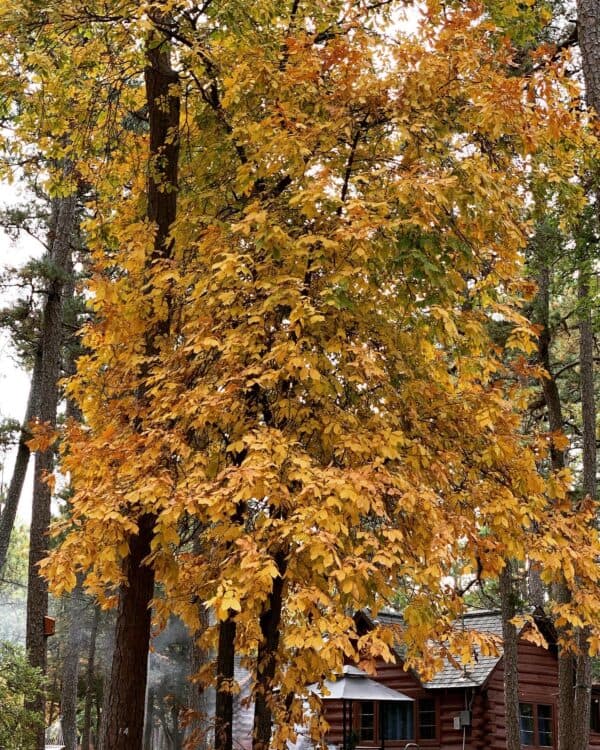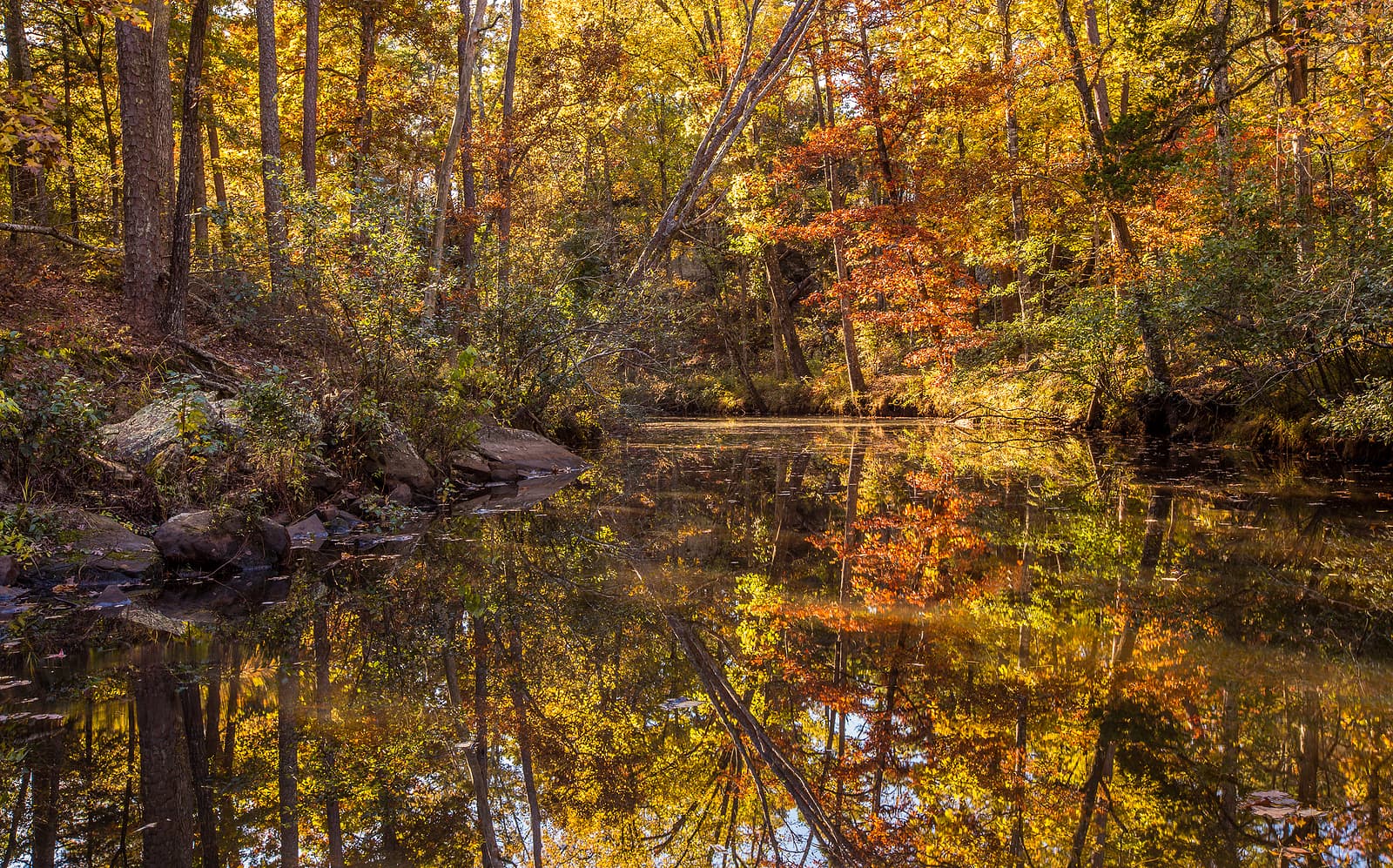Fall colors in the Arkansas Ozark Mountains is a sight of pure season perfection. The Ozark Mountains come alive with foliage in gorgeous colors as autumn settles across the landscape like a foliage kaleidoscope. From delicate yellows to bursts of vibrant reds and oranges, leaf color change is one of nature's most spectacular displays. What exactly happens during this unique seasonal cycle that leads the leaves from green to such incredible shades? Here, we will explore aspects behind how leaves change color and progress through each stage during Fall. Keep reading for a leaf color change map and scenic Fall drives not to miss.
Different Trees with Multi Color
As the leaves change from green to red, yellow, and orange hues, it's clear that fall has arrived. But did you know that not all trees change color simultaneously or with the same intensity? Trees prepare for winter by breaking down chlorophyll as days get shorter, and temperatures drop in the fall. The breakdown of chlorophyll reveals other pigments masked by chlorophyll's green. Like the maple, some trees put on a show-stopping display of bold and bright colors.
Meanwhile, birch trees gently shift from green to a muted yellow. The oak tree even waits until late fall to change colors, with leaves shifting to a deep burgundy. These differences in timing and vibrance add even more wonder to the beauty of fall foliage. The fall colors in the Arkansas Ozark Mountains are a testament to this transformation.
How Temperature, Humidity, and Light Affects Leaf Color
Did you know that the color of leaves is not just for aesthetics? In fact, the color of leaves can tell us a lot about the plant's health and environment. Temperature, humidity, and light are three factors that affect leaf color. Different pigments in leaves respond differently to these factors. For example, chlorophyll, which is responsible for the green color in leaves, thrives in warm temperatures and high light conditions. On the other hand, cool temperatures and low light conditions can trigger the production of anthocyanins. Anthocyanins are the responsible chemicals for the red and purple colors we see in leaves during fall color time. So next time you stroll in the park, pay attention to the color of the leaves around you, and you might learn something new!
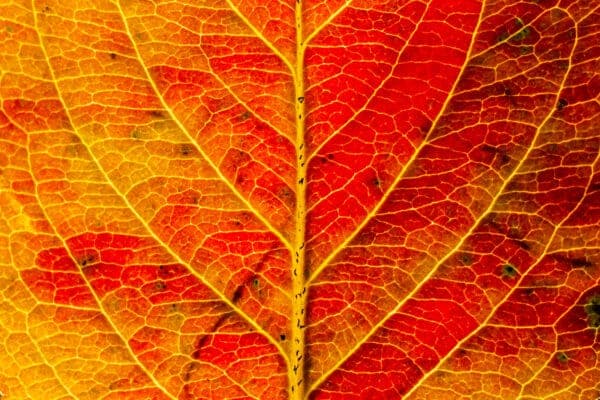
The Phenomenon of Leaf Drop
In the grand tapestry of the annual life cycle of trees, the eventual dropping of leaves is a crucial phase for fall color. This vital biological process, known as abscission, occurs when a layer of specialized cells develops and slowly grows to separate the leaf from the tree. Why does this happen, you may ask? As winter approaches, the days get shorter and temperatures drop. The seasonal change triggers trees to prepare for the cold months ahead. They break down the chlorophyll in their leaves, revealing the vibrant colors we associate with autumn. However, as the cold weather sets in, these colorful leaves are no longer efficient at photosynthesis and can even cost more energy to maintain than they produce. Therefore, trees shed their leaves to conserve water and energy through the winter. This process also helps rid trees of waste substances stored in their leaves. So, the annual spectacle of leaf drop is a survival strategy for trees, a preparation for the trials of the coming season.
Popular Ozark Mountains Locations to See Dramatic Leaf Color Changes
The fall colors in Arkansas's Ozark Mountains, especially around the Eureka Springs area, are a popular destination for travelers seeking stunning views of autumn foliage. While the region is home to many exciting leaf-peeping spots, some locations stand out above the rest. Eureka Springs offers visitors scenic drives through winding roads, showcasing vibrant red, orange, and yellow foliage on every turn. If you're looking for a hiking adventure, the Ozark National Forest is a must-see destination. Its diverse terrain provides ample opportunities to witness stunning hues of fall colors. Additionally, the Buffalo National River offers a unique perspective for experiencing leaf color changes, as its calm waters reflect the trees' vibrant hues. With so many breathtaking locations to choose from, exploring the Ozark Mountains during fall is sure to provide a memorable and colorful adventure. Click Here for a great map of color change as it progresses across the United States.
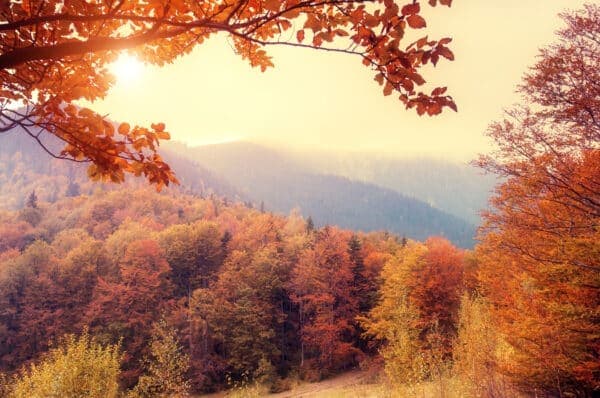
Benefits of Taking Time to Enjoy Nature's Fall Colors
As the summer heat fades away, the vibrant colors of fall take its place. It's the perfect time to take a walk in the park, a hike in the woods, or a drive through the countryside. Did you know that taking time to enjoy nature's fall colors can have some amazing benefits for your physical and mental well-being? Research shows that spending time in nature can reduce stress, lower blood pressure, and improve overall mood. Not only is it good for you, but it's also a sight to see as the leaves change from vibrant greens to fiery reds and oranges. So why not take a break from your hectic schedule, grab a warm cider, and embrace the beauty of fall? Check out this link for some of the recommended "Scenic Drives" around Eureka Springs. You won't regret it.
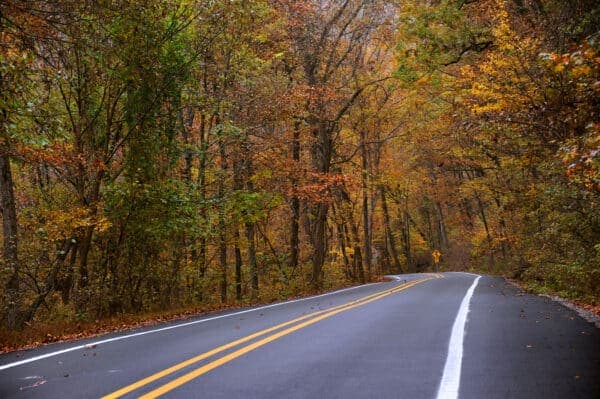
In conclusion
As the season changes and temperatures drop, we have a unique opportunity to view the changes in seasonal leaf color in nature. From knowing what causes color change in leaves to how temperature, humidity, and light affect leaf colors, it's all fascinating and worth experiencing firsthand. It's incredible how diverse tree varieties can display completely different degrees of fall colors! The Ozarks and Eureka Springs are especially popular areas for seeing some remarkable foliage because of their proximity to many different types of trees. You can immerse yourself in the beauty of Fall by spending several days in the area experiencing golden hikes and scenic drives. When you stay at Tall Pines Inn, you can enjoy warm sunny days and chilly evenings by a warm fire. So, if you're looking for a great way to escape from the hustle and bustle, give yourself a deep dive into the Ozarks' stunning autumn extravaganza.
